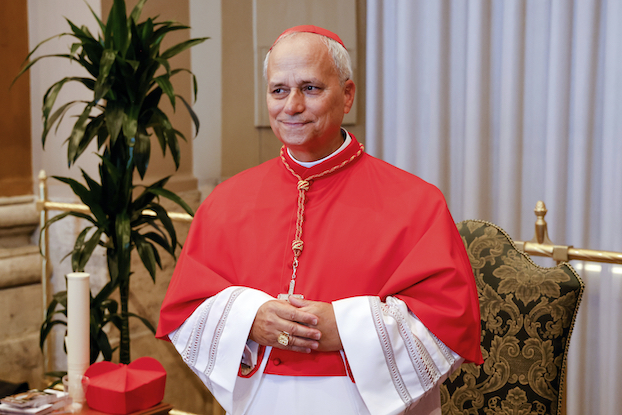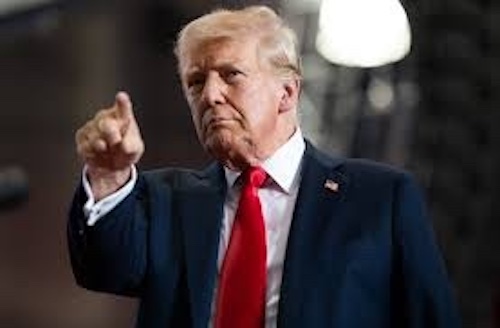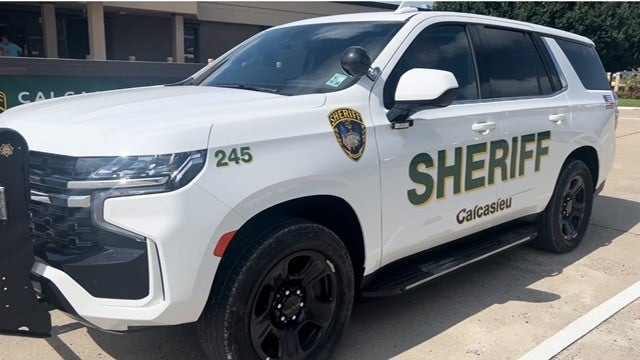UPDATE: Robert Prevost, first American pope in history of the Catholic Church, will take the name Leo XIV
Published 1:27 pm Thursday, May 8, 2025

- Cardinal Robert Francis Prevost, prefect of the Dicastery for Bishops, stands for a portrait at the end of the consistory where Pope Francis elevated 21 new cardinals in St. Peter's Square at the Vatican, Sept. 30, 2023. (Associated Press Archives)
Robert Prevost, a missionary who spent his career ministering in Peru and took over the Vatican’s powerful office of bishops, was elected the first pope from the United States in the 2,000-year history of the Catholic Church.
Prevost, a 69-year-old member of the Augustinian religious order, took the name Leo XIV.
In his first words as Pope Francis’ successor, uttered from the loggia of St. Peter’s Basilica, Leo said, “Peace be with you,” and emphasized a message of peace, dialogue and missionary evangelization. He wore the traditional red cape of the papacy — a cape that Francis had eschewed on his election in 2013.
Prevost had been a leading candidate for the papacy, but there had long been a taboo against a U.S. pope, given the country’s geopolitical power already wielded in the secular sphere. But Prevost, a Chicago native, was seemingly eligible because he’s also a Peruvian citizen and lived for years in Peru, first as a missionary and then as an archbishop.
Pope Francis clearly had his eye on Prevost and in many ways saw him as his heir apparent. He brought Prevost to the Vatican in 2023 to serve as the powerful head of the office that vets bishop nominations from around the world, one of the most important jobs in the Catholic Church. And in January he elevated him into the senior ranks of cardinals. As a result, Prevost had a prominence going into the conclave that few other cardinals had.
The crowd in St. Peter’s Square erupted in cheers when white smoke poured out of the Sistine Chapel on the second day of the conclave. Priests made the sign of the cross and nuns wept as the crowd shouted “Viva il papa!”
Waving flags from around the world, tens of thousands of people waited to learn who had won and were shocked when an hour later, the senior cardinal deacon appeared on the loggia and said “Habemus Papam!” and announced the winner was Prevost.
He spoke to the crowd in Italian and Spanish, but not English.
The last pope to take the name Leo was Leo XIII, an Italian who led the church from 1878 to 1903. That Leo softened the church’s confrontational stance toward modernity, especially science and politics and laid the foundation for modern Catholic social thought, most famously with his 1891 encyclical Rerum Novarum, which addressed workers’ rights and capitalism.
Eyes on the chimney
Earlier Thursday, large school groups joined the mix of humanity awaiting the outcome in St. Peter’s Square. They blended in with people participating in preplanned Holy Year pilgrimages and journalists from around the world who have descended on Rome to document the election.
“The wait is marvelous!” said Priscilla Parlante, a Roman.
Pedro Deget, 22, a finance student from Argentina, said he and his family visited Rome during the Argentine pope’s pontificate and were hoping for a new pope in Francis’ image.
“Francis did well in opening the church to the outside world, but on other fronts maybe he didn’t do enough. We’ll see if the next one will be able to do more,” Deget said from the piazza.
The Rev. Jan Dominik Bogataj, a Slovene Franciscan friar, was more critical of Francis. He said if he were in the Sistine Chapel, he’d be voting for Cardinal Pierbattista Pizzaballa, the Latin Patriarch of Jerusalem who is on many papal contender lists.
“He has clear ideas, not much ideology. He’s a direct, intelligent and respectful man,” Bogataj said from the square. “Most of all, he’s agile.”
Some of the cardinals had said they expected a short conclave.
For much of the past century, the conclave has needed between three and 14 ballots to find a pope. John Paul I — the pope who reigned for 33 days in 1978 — was elected on the fourth ballot. His successor, John Paul II, needed eight. Francis was elected on the fifth in 2013.





